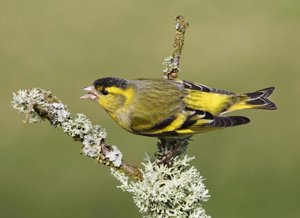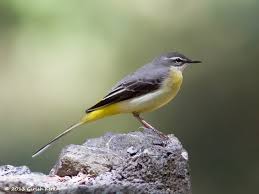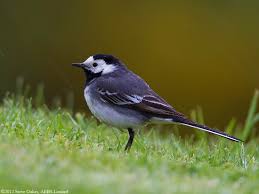Sickleholme Nature Notes
I have never subscribed to the view that November is the least interesting month of the year albeit that once the leaves have fallen the landscape, including the golf course, can look somewhat bleak without plenty of sunshine. In the case of the course, things weren’t helped by the crude flailing of the hedge behind the 9th green and it was reassuring to know that this wasn’t the work of our own staff who have the job of tidying things up again.
Wildlife around the course was much about the birds, since apart from a few Grey Squirrels there was little else reported and even most of the fungi had died back. Plenty of birds, however and 11 November was a “four-thrush” day with small flocks of both Redwing and Fieldfare, an influx of Blackbirds from further north and a couple of Mistle Thrushes. I found myself searching for a Song Thrush to make a “set” but that species remained elusive.
A few more skeins of Pink-footed Geese were heading for wintering grounds in Norfolk and several members reported Cormorants overhead. Despite being primarily a seabird, this species breeds quite widely inland now and is very happy fishing in the local rivers and reservoirs. Perhaps understandably known to anglers as “the black plague” but interesting birds nevertheless. A few birds seemed resident with us including two Buzzards, a pair of Jays and a nice assortment of finches. The latter included a highlight for me in the form of two flocks of Siskin (see photo) that seemed constantly to be buzzing overhead; my best count being one group of 45. A delightful little finch with a lot of colour in the males.
Patrick’s attention to the clubhouse feeders brings in a good assortment and on one day, I counted eight species taking advantage of the food provided. These quite regularly included three pairs of Mallards, one of which was literally waiting on the clubhouse doorstep when we arrived early one Tuesday. I also added a new species to my Sickleholme list when a Grey Wagtail was seen briefly around the car park. Slightly misnamed as the most striking colour is yellow and not to be confused with the Pied Wagtails (see photos) which are regularly seen around the course as they favour freshly mown short grass. Grey Wagtails are birds of fast flowing streams but wander a little in winter and this one was finding food near the practice ground pond.
December will depend on the weather, but we still have plenty of berries to attract birds whilst the ravine and the pines offer shelter for roosting. Plenty to still look forward to therefore.
Bryan Barnacle




